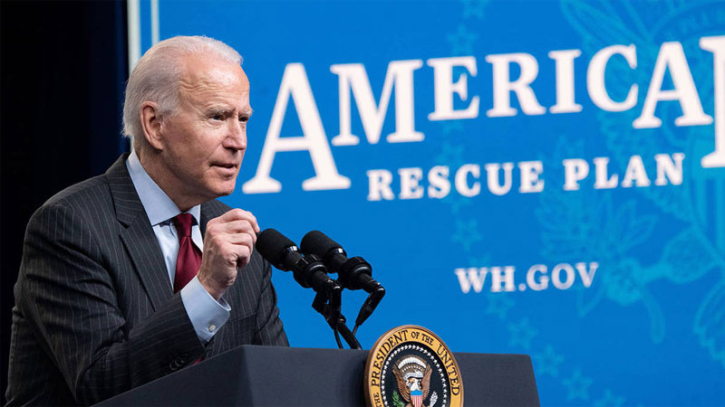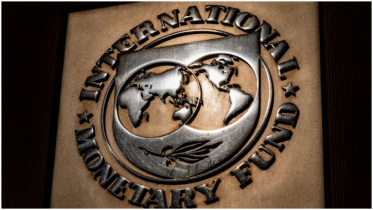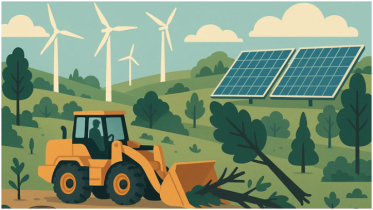Policy lessons from recent economic crises

The US economy has experienced two terrible economic crises in the past decade and a half. The first was the 2008-09 financial crisis, which ushered in the first deep recession in a quarter-century. Unemployment hit 10% – far above forecasts by President Barack Obama's economists – and the ensuing recovery was painfully slow.
In response, the US Federal Reserve lowered its target interest rate to zero, and later deployed quantitative easing and other unconventional measures. Obama's $787 billion American Recovery and Reinvestment Act of 2009 was soon followed by other "stimulus" measures, but these proved ineffective and largely benefited special interests. While the costly "Cash for Clunkers" program to replace older polluting cars did briefly speed up new car purchases, sales soon collapsed, resulting in only a trivial emissions reduction.
Meanwhile, Vice President Joe Biden was put in charge of a laudably transparent attempt to "create or save '' 3.7 million jobs, and major embarrassments ensued. Two Los Angeles city departments hired just 55 workers after receiving $111 million in federal stimulus funds. The solar-energy startup Solyndra received a $535 million loan from the government and soon went bankrupt. A high-speed rail project in California received a $3 billion grant, but did not break ground until 2015. "The government is a crappy venture capitalist," noted Lawrence H. Summers, Obama's top economic adviser at the time.
To be sure, economic policies should be judged on their overall results, not anecdotal ignominies. Even the world's best athletes aren't at their peak 100% of the time. But the best friendly "guestimate" is that the Obama administration's fiscal "stimulus" programs netted 2.5 million jobs at a cost of about $300,000 per job, six times the median full-time pay.
It is difficult to disentangle the shorter-run effects of various policies from what might have occurred in any event, or from the lagged effect of previous policies. Before the pandemic hit in early 2020, President Donald Trump's 2017 tax reform and reversal of overregulation by the previous administration were followed by historically low unemployment, especially for minorities. Inequality was falling to the lowest level in over a quarter-century, and wages were growing most rapidly at the bottom.
When COVID-19 arrived in early 2020, no one could be sure how long it would last or how many lives it would claim. Federal and state governments shut down much of the American economy, causing an abrupt rise in unemployment from 3.5% to 14.8% in the space of two months. The Fed again lowered its target rate to zero, purchased large volumes of Treasuries and mortgage-backed securities, and created multiple lending and liquidity channels.
A series of 2020 emergency spending bills mobilised more than $4 trillion for a variety of purposes, including cash transfers to households, state and local governments, schools, and hospitals; unprecedently generous unemployment benefits; and employee-retention loans and grants to small businesses. Although the economic hole was deeper, the recovery was far quicker than after the Great Recession (owing partly to the rapid development and deployment of vaccines).
As I predicted, Biden's March 2021 $1.9 trillion American Rescue Plan – which was three times the size of the projected 2021 and 2022 output gaps, combined – came as the economy was already approaching full employment, and thus turbo-charged "non-transitory" inflation. The Fed gradually raised its target rate to the current 5.25-5.5% range, which, combined with natural forces and a moderation (though not elimination) of the extra government spending, brought inflation back down. The economy has been in a "soft landing" – so far.
Economists and politicians will endlessly debate the lessons from these episodes: What succeeded, what failed, and at what cost? To whom should we assign credit or blame? I will offer a few tentative conclusions.
First, government-spending multipliers (the amount of economic activity produced by each dollar spent) were about 0.6, which is only one-third of what many policymakers and their advisers assumed. While fiscal policy was known to be more difficult to implement quickly than monetary policy, fiscal measures were implemented fairly rapidly during both crises. But many were less effective than predicted, and the increased spending continued for too long, leaving behind higher government debt and an engorged Fed balance sheet.
That said, the number of households living on the financial edge also was higher than many economists previously assumed, indicating that there is still a strong humanitarian case for offering temporary support.
Another lesson is that supply-side details are key to anticipating the effects of counter-cyclical fiscal policy, not just with respect to long-term growth. The responses to both crises included regulatory overreach and work disincentives (two-thirds of recipients' benefits during the pandemic were above their pay) that would prove damaging over time.
Competent administration is also a major factor. It is understandable that the pandemic response initially overwhelmed some agencies; but in California, there were still more than a million backlogged unemployment-insurance claims over a year after the outbreak began, and some $30 billion in fraudulent claims were paid out. Federally administered programs likewise suffered from rampant fraud.
While rich countries' debt capacity proved greater than many had imagined, one should never assume that interest rates will stay low forever. Rolling over higher debts at higher rates is painful and will force difficult budgetary choices. It should have been obvious that large deficit spending and monetary accommodation with the economy near full employment would invite high inflation, necessitating monetary-policy tightening. Too many seem to have forgotten those lessons from the 1960s, 1970s, and 1980s. Worse, now that the national debt and the Fed's balance sheet have been enlarged, future policy responses may be hampered.
As I predicted, a soft landing may be possible despite its historical rarity. We have yet to suffer what would have been the most widely anticipated recession in history. But there will be another recession eventually, and the final lesson from recent crises is that if we fail to learn from the recent past, politicians will again be tempted to respond with costly wish-list items, or to use the crisis as yet another excuse for disruptive social engineering experiments.
Michael J. Boskin, Professor of Economics at Stanford University and Senior Fellow at the Hoover Institution, was chairman of George H.W. Bush's Council of Economic Advisers from 1989 to 1993.
Source: Project Syndicate
.png)




